While some people prefer small dogs, others believe that large dogs are the best. Giant canines have a lot of advantages.
They’re large softies with charming, sensitive temperaments who imagine themselves to be lap loungers. They are devoted to and guardians of their family pack. They’re also intelligent and usually simple to train.
Before adopting a large dog breed, there are several factors to consider. Larger dogs demand more of everything, from food to larger-scale supplies to more expensive veterinary care.
A larger dog also requires a larger housing space to move about comfortably.
Great Dane
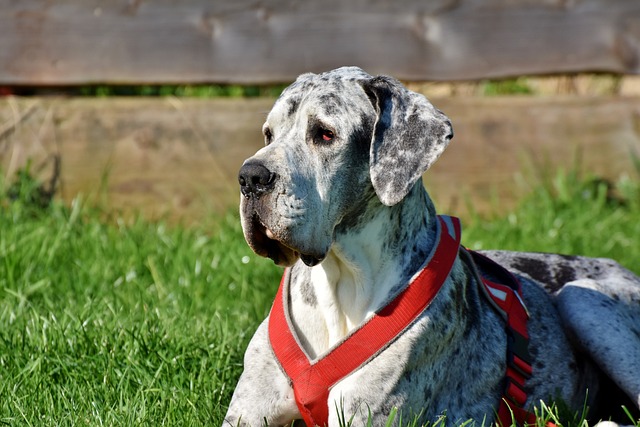
This magnificent creature has the appearance of a tiny horse rather than a dog. In a crowd, Great Danes stand out. The temperament of this breed, more than its appearance or size, is what makes it a good companion.
These dogs are typically kind, playful, sociable, and devoted. They look to be goofballs due to their size, but it’s their bigger limbs and plop-anywhere mentality that make them entertaining to be around.
Mastiff
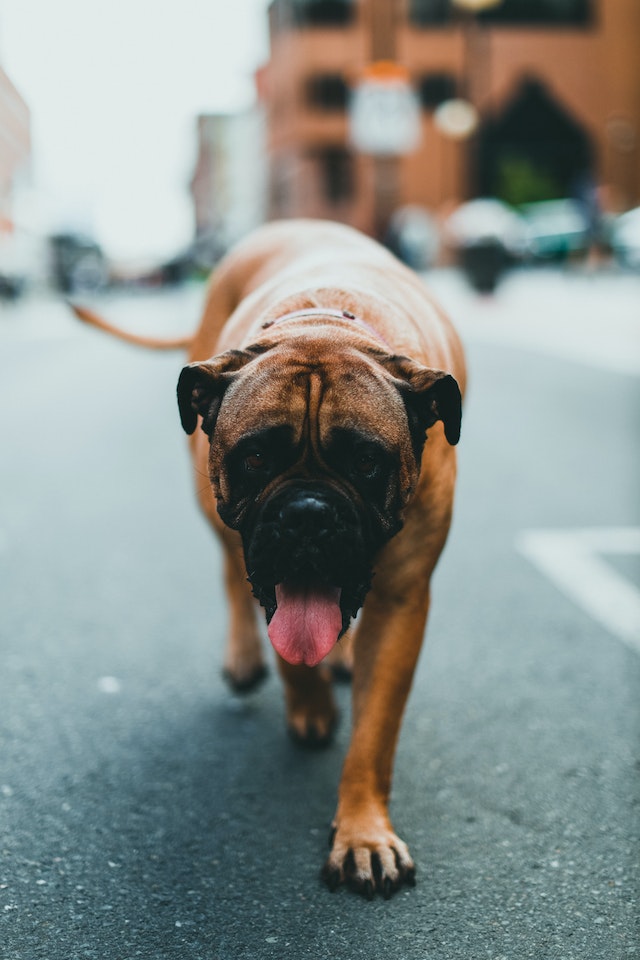
Mastiffs are brawny on the surface, yet softhearted and easygoing on the inside. Keep a rag nearby to wipe away the slobber that drools from their enormous heads.
- World’s Most Obedient Dog Breeds
- World’s Least Obedient Dog Breeds
- Top 10 High-Jumping Hounds
- Meet the Fastest Dog Breeds in the World
- The 5 Different Types of Pit Bull Dog Breeds
Their strong physique can knock people and stuff over in small places, so keep that in mind if you live in an apartment or a smaller house. These massive dogs require plenty of living space and behavior instruction wherever they go.
Leonberger
The Leonberger is a big working dog with a sweet, sensitive personality. This breed is renowned to form strong bonds with its family and to have a keen sense of human emotions. Leonbergers make wonderful family pets and therapy dogs.
Bullmastiff
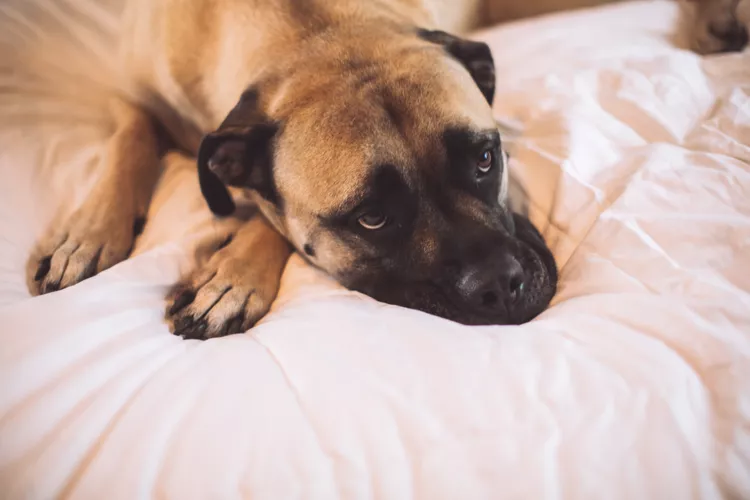
Breeders crossed the mastiff and bulldog in the mid-nineteenth century to create a robust canine capable of stopping poachers.
Today’s bullmastiff is a capable guard dog as well as a beloved friend. Despite its menacing appearance, this is a friendly giant who bonds strongly with its family.
Newfoundland
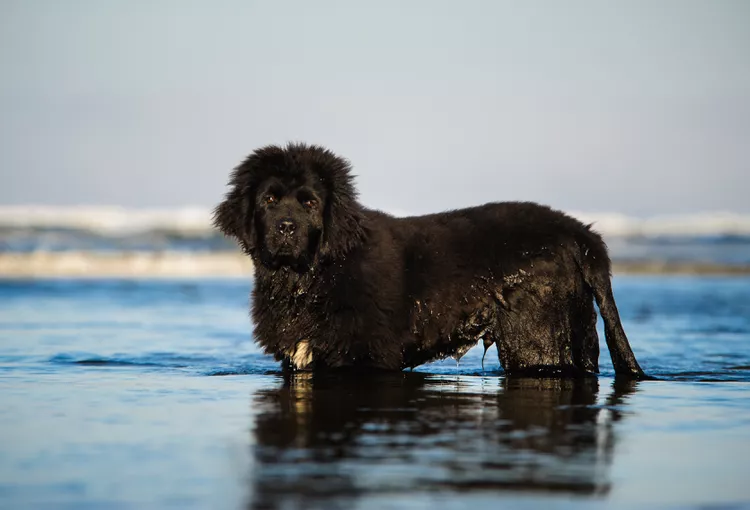
Newfoundlands are wonderful friends as well as hard workers. They evolved into perfect water dogs, assisting fishermen and saving people from drowning, thanks to their webbed feet and waterproof coats.
It’s in their nature to help and protect others, especially children, and to do it in a kind manner.
Saint Bernard
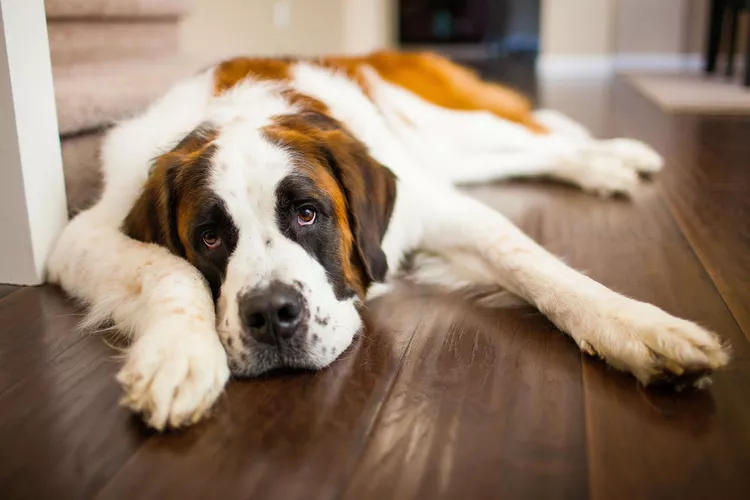
Saint Bernards are large dogs with even larger hearts that are commonly utilized in search and rescue and as service animals.
They are calm, caring family pets who get along well with youngsters. Because some Saint Bernards are unaware of their size, training is essential for keeping them under control.
Dogue de Bordeaux
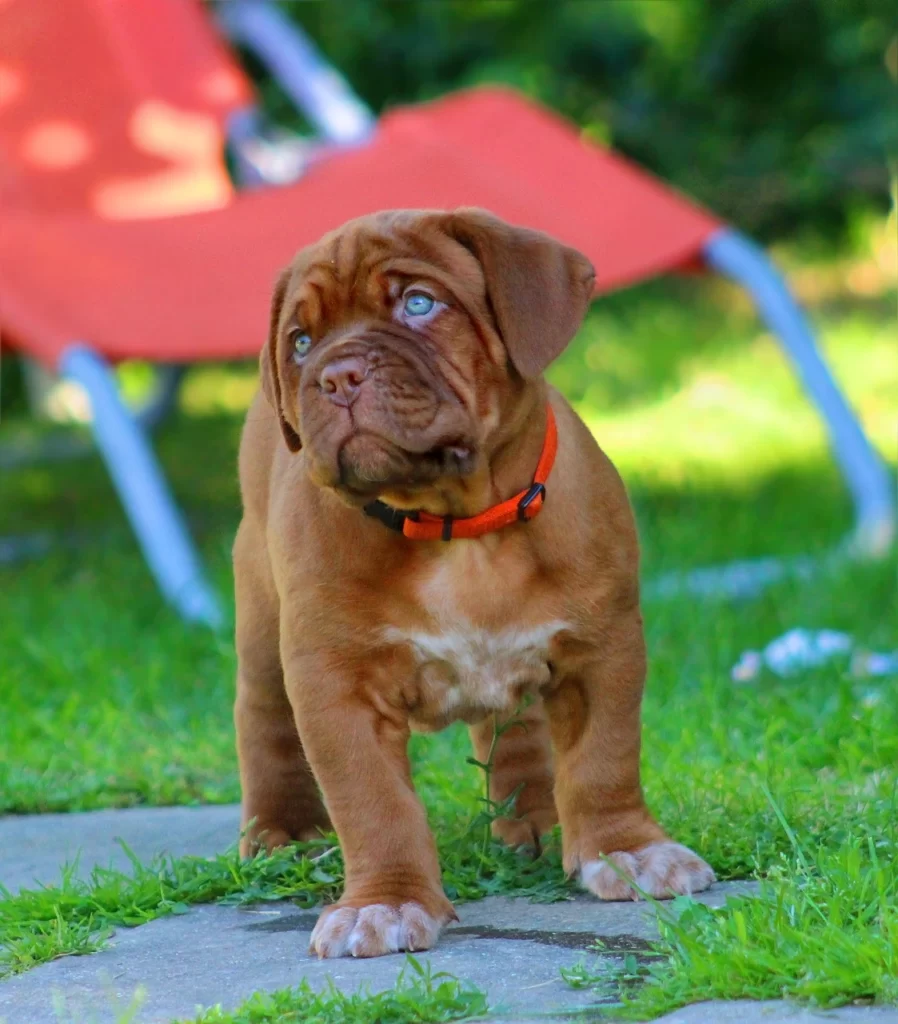
The Dogue de Bordeaux is a slobbery, affectionate lump of a dog. This big canine with a massive head appears to be fierce, but this is mostly for show; it is a wonderfully devoted and friendly breed.
It is a capable guard dog who is protective of its family. This breed is known as the French mastiff since it originated in France.
Great Pyrenees
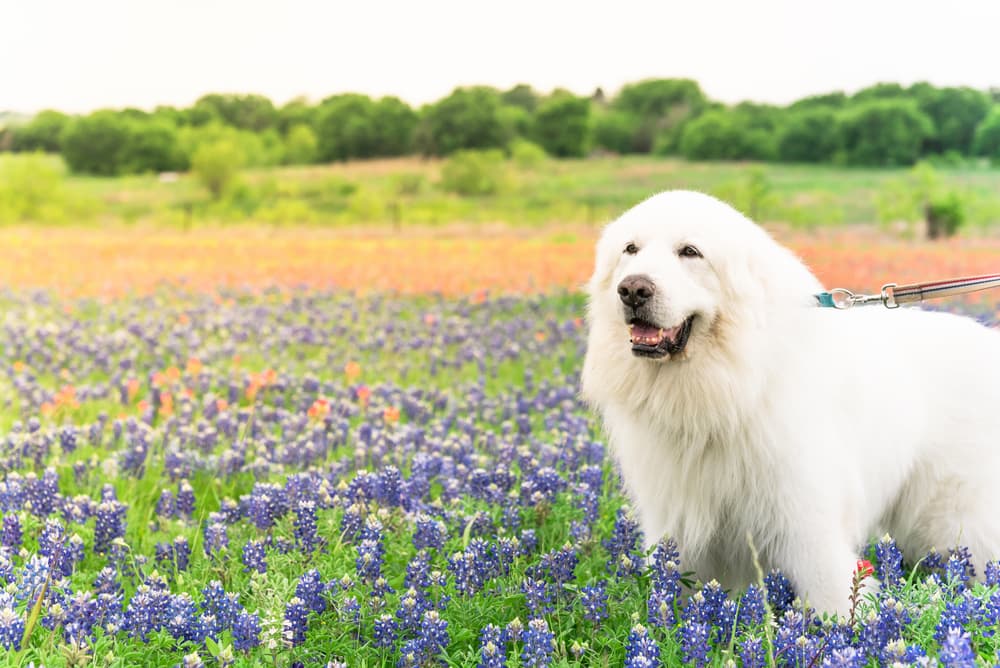
Great Pyrenees dogs have huge power and beautiful personalities. This labor dog, one of the oldest dog breeds, has a long history of guarding sheep and safeguarding households.
- World’s Most Obedient Dog Breeds
- World’s Least Obedient Dog Breeds
- Top 10 High-Jumping Hounds
- Meet the Fastest Dog Breeds in the World
- The 5 Different Types of Pit Bull Dog Breeds
It is a really active breed. To produce a well-behaved dog, this canine demands intensive daily exercise and obedience training.
Irish Wolfhound
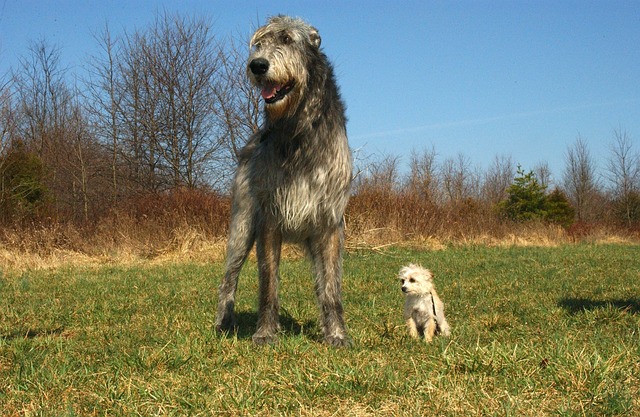
Historically, Irish wolfhounds served as war and hunting partners, as well as home protectors. Wolfhounds are predominantly companion animals in modern times, however they maintain some hunting and protective characteristics.
They require more space and exercise than some of the other large breeds and do not fare well in compact houses.
Neapolitan Mastiff
The Neapolitan mastiff is an Italian breed with historical roots dating back to the Roman army’s combat dogs. They eventually became guard dogs.
This breed is distinguished by its prominent wrinkles and loose skin, large bones, and ponderous movement. It is loyal and protective, yet often mellow and mild.

